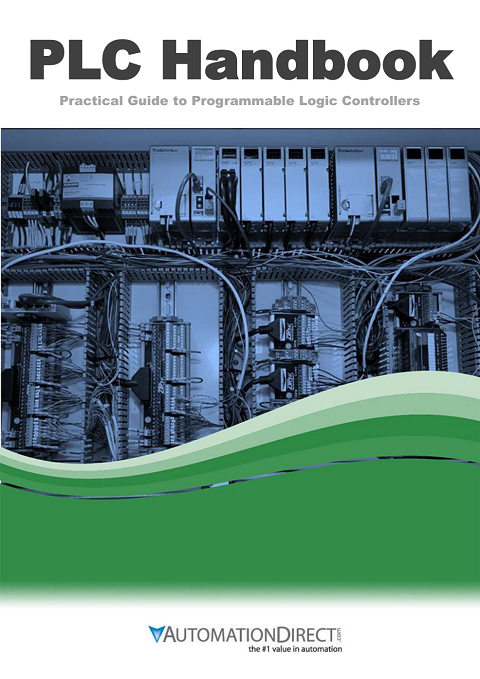Contents
Chapter 1 - What is a PLC p.3
Chapter 2 - History of the PLC p.5
Chapter 3 - How to Choose a Controller p.10
Chapter 4 - PLC Hardware p.14
Chapter - 5 PLC Software p.20
5-1 Understanding Ladder Logic --------------- p.27
5-2 Basic Instructions in Ladder Logic -------- p.29
5-3 Ladder Logic in Action ---------------------- p.36
Chapter - 6 Practical PLC Topics p.48
6-1 Methods Behind PID Loop Control ---------- p.49
6-2 PLC Communication - Coming of Age------- p.54
6-3 EtherNet/IP: Implicit vs. Explicit Messaging p.58
6-4 Motion Control Explained --------------------- p.61
Collection of PLC Application Stories p.66
What is a PLC… ?
Programmable Logic Controllers (PLC) are often defined as miniature industrial computers that contain hardware and software used to perform control functions. More specifically, a PLC would be used for the automation of industrial electromechanical processes, such as control of machinery on factory assembly lines, amusement rides, or food processing. They are designed for multiple arrangements of digital and analog inputs and outputs with extended temperature ranges, immunity to electrical noise, and resistance to vibration and impact. A PLC will consist of two basic sections: the central processing unit (CPU) and the Input/Output (I/O) interface system
Related:
S7-200
S7-300
Monday, 2 May 2016
Subscribe to:
Post Comments (Atom)







0 comments:
Post a Comment